Nvidia RTX 5090 Founders Edition: In-Depth Review
Every couple of years, Nvidia launches an extremely expensive, yet incredibly powerful graphics card that ushers PC gaming into a new era. The Nvidia GeForce RTX 5090 is such a card, but its approach to delivering next-generation performance is unconventional. In many games, the performance increase over the RTX 4090 isn't as significant as one might expect, especially when DLSS Frame Generation is not considered. However, with the next generation of Nvidia's DLSS technology for both upscaling and frame generation, we see leaps in image quality and performance that surpass what we typically experience with a new graphics generation.
The extent to which the Nvidia RTX 5090 represents an upgrade for you depends on the games you play, the resolution at which you play them, and your comfort with AI-generated frames. For those not using a 4K monitor with a 240Hz refresh rate, the upgrade might not be justified. However, if you own a high-end display, the AI-generated frames can offer a glimpse into the future of gaming.
Nvidia GeForce RTX 5090 – Photos
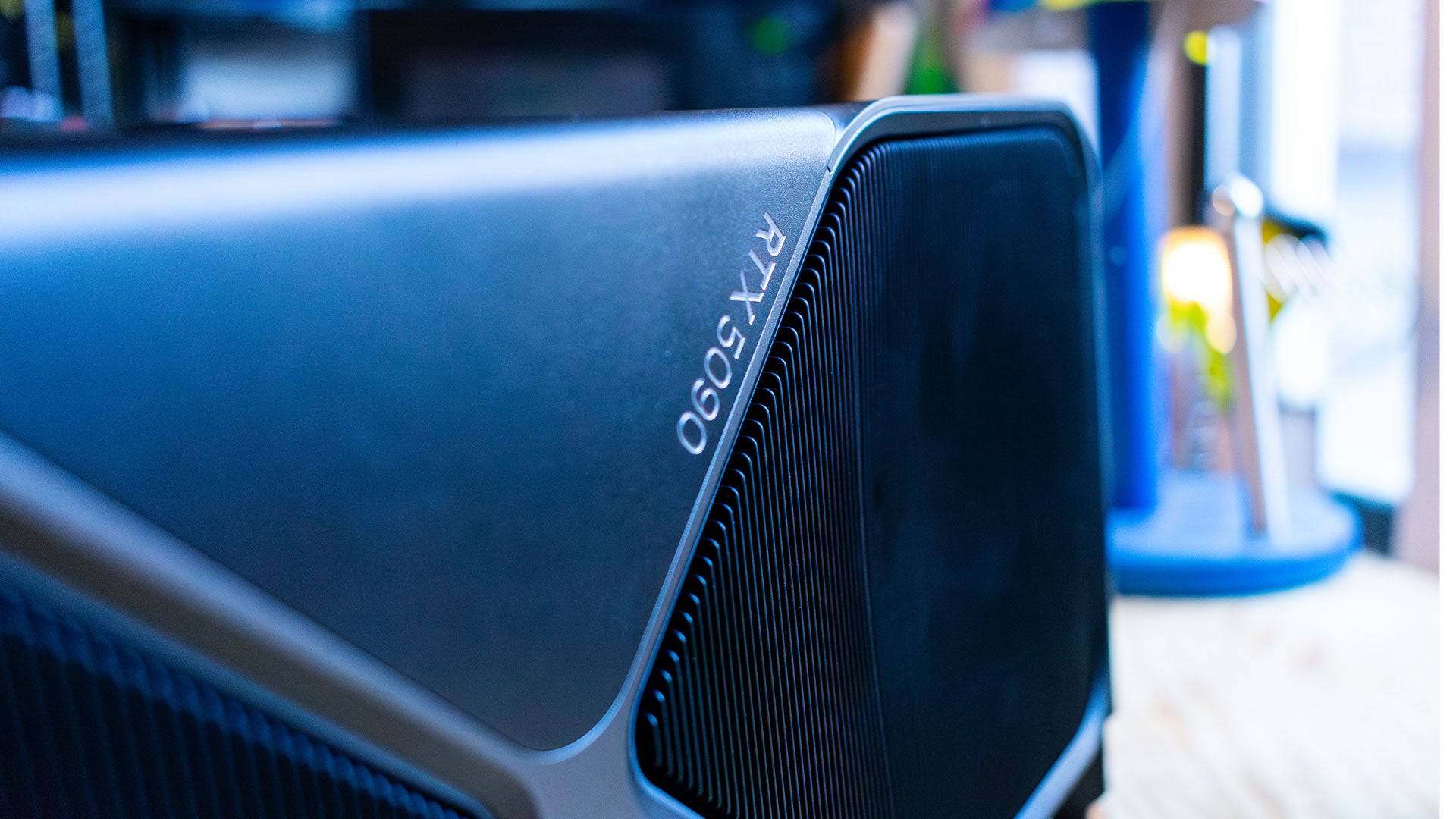
 5 Images
5 Images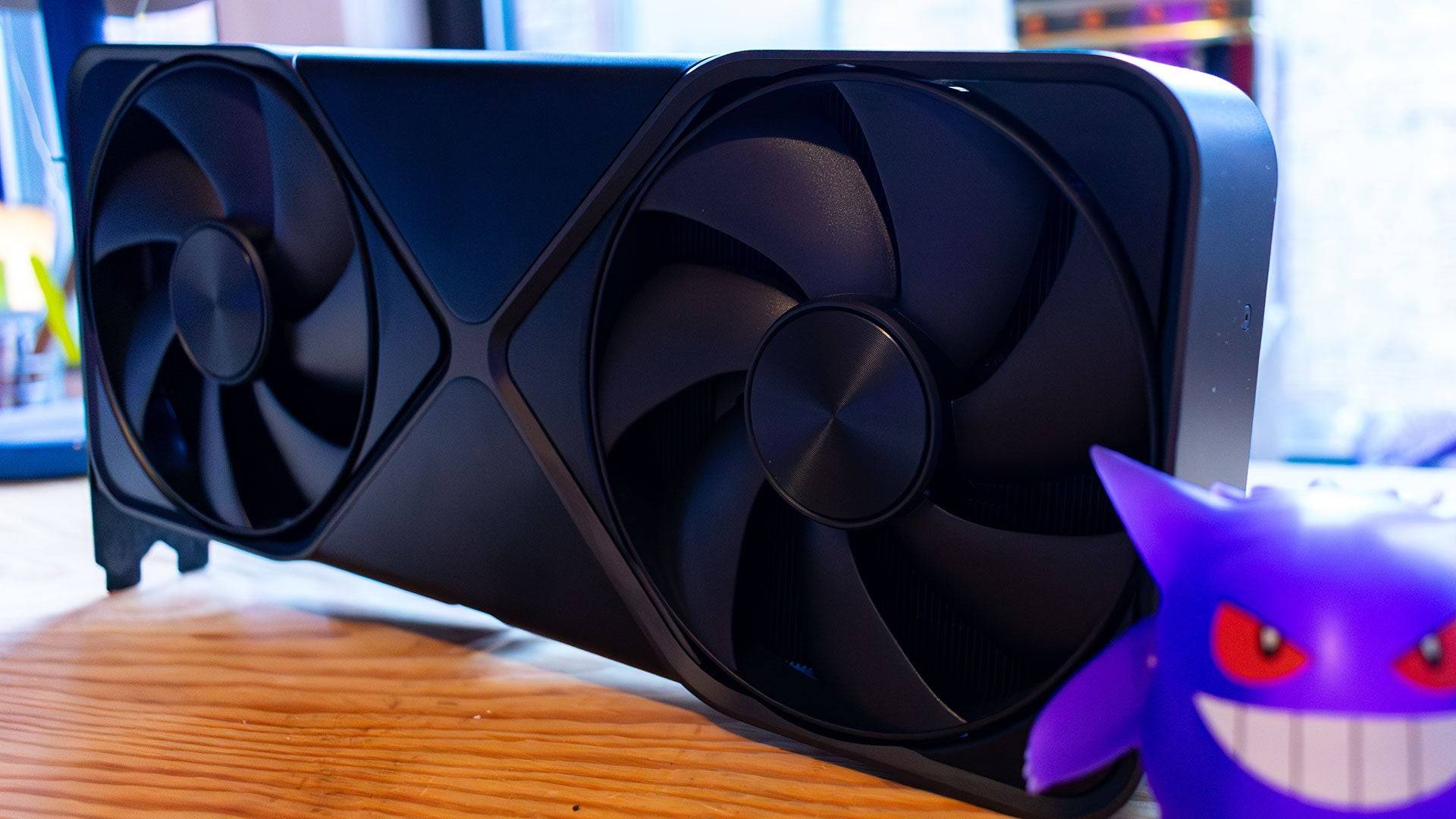

 RTX 5090 – Specs and Features
RTX 5090 – Specs and Features
The Nvidia GeForce RTX 5090 is built on the Blackwell architecture, which powers data centers and supercomputers behind many popular AI models. This gives a hint of the RTX 5090's strengths, but Nvidia has not overlooked the traditional aspects of the card.
With the RTX 5090, Nvidia has increased the number of Streaming Multiprocessors (SMs) within the same Graphics Processing Clusters (GPCs), resulting in more CUDA cores – 21,760, up from 16,384 in the RTX 4090. This represents a 32% increase in shader cores, significantly boosting raw gaming performance.
Each SM includes four Tensor Cores and one RT Core, similar to its predecessor. This means the RTX 5090 has 680 Tensor Cores and 170 RT Cores, compared to 512 and 128 in the RTX 4090. The 5th-generation Tensor Cores enhance AI performance, with added support for FP4 operations, reducing VRAM dependency for AI workloads.
 This powerful silicon is paired with 32GB of GDDR7 VRAM, a step up from the GDDR6X in the RTX 4090, promising faster and more power-efficient memory. However, the RTX 5090's power consumption is a hefty 575W, a significant increase over the RTX 4090, indicating that power efficiency was not Nvidia's primary focus.
This powerful silicon is paired with 32GB of GDDR7 VRAM, a step up from the GDDR6X in the RTX 4090, promising faster and more power-efficient memory. However, the RTX 5090's power consumption is a hefty 575W, a significant increase over the RTX 4090, indicating that power efficiency was not Nvidia's primary focus.
The new Tensor Cores' efficiency has allowed Nvidia to shift the DLSS algorithm to a Transformer Neural Network (TNN) from a Convolutional Neural Network (CNN). This change aims to enhance image quality and reduce issues like ghosting and artifacts, though it may not directly improve frame rates.
Nvidia has also introduced Multi-Frame Generation with DLSS 4, an evolution of the Frame Generation technology from the RTX 4090. This feature generates multiple frames from each rendered image, significantly boosting frame rates, but it's recommended to enable it only when you're already achieving a decent frame rate.
Purchasing Guide
The Nvidia GeForce RTX 5090 will be available starting January 30, with a starting price of $1,999 for the Founders Edition. Be aware that third-party cards may be priced much higher.
The Founders Edition
The RTX 5090 requires 575W of power, significantly more than the RTX 4090's 450W. This increased power demand necessitates advanced cooling solutions. Surprisingly, the RTX 5090 fits into a dual-slot chassis with a dual-fan configuration, a more compact design than expected.
 During testing, which included standard benchmarks and gaming with DLSS 4 enabled, the RTX 5090's temperature peaked at around 86°C, with power consumption reaching 578W. While higher than the RTX 4090's 80°C, it's still within safe limits and does not cause throttling.
During testing, which included standard benchmarks and gaming with DLSS 4 enabled, the RTX 5090's temperature peaked at around 86°C, with power consumption reaching 578W. While higher than the RTX 4090's 80°C, it's still within safe limits and does not cause throttling.
Nvidia achieved this by shrinking the PCB and positioning it centrally, with fans on either side and a heatsink running the card's width. Air is drawn in from the bottom and expelled through the top, directly to the PC case's exhaust fans. The RTX 5090's design follows the aesthetic of recent generations, featuring a silver 'X' design and a gunmetal-gray chassis with black heatsinks, and a 'GeForce RTX' logo with white LEDs.
 Next to the logo is the new 12V-2x6 power connector, an evolution of the 12VHPWR connector, designed for better efficiency. Nvidia includes an adapter in the box that converts four 8-pin PCIe power connectors to the required 575W. The angled design of the connector on the card itself makes it easier to connect and appears more secure.
Next to the logo is the new 12V-2x6 power connector, an evolution of the 12VHPWR connector, designed for better efficiency. Nvidia includes an adapter in the box that converts four 8-pin PCIe power connectors to the required 575W. The angled design of the connector on the card itself makes it easier to connect and appears more secure.
This design allows the RTX 5090 to fit into smaller PC builds, unlike the larger RTX 4090 and 3090. However, third-party designs from companies like Asus and MSI may be larger.
DLSS 4: Fake Frames?
Nvidia claimed the RTX 5090 could boost performance by up to 8x, though the actual increase is less dramatic. The card's true next-generation advantage lies in its ability to generate additional frames, enhancing frame rates beyond traditional rendering.
DLSS 4 introduces 'Multi-Frame Generation,' an advanced version of the Frame Generation introduced with DLSS 3 and the RTX 4090. This technology is powered by a new AI Management Processor (AMP) core, which efficiently assigns tasks across the GPU, a function previously handled by the CPU.

This technology isn't a magic solution for poor performance; it's best used when you're already achieving around 60 fps without Frame Gen. When combined with DLSS upscaling, it can significantly enhance performance.
Upon the RTX 5090's release on January 30, DLSS 4 will be compatible with many games that support DLSS 3 Frame Generation. During testing, I used beta builds of Cyberpunk 2077 and Star Wars Outlaws, and the results were impressive. In Cyberpunk 2077 at 4K with the Ray Tracing Overdrive Preset and DLSS on Performance mode, the RTX 5090 achieved 94 fps, which increased to 162 fps with 2x frame generation and 286 fps with 4x frame generation.
Similarly, in Star Wars Outlaws at 4K with maximum settings, the RTX 5090 reached around 300 fps with DLSS 4 enabled, up from 120 fps without frame generation. While some might dismiss these as 'Fake Frames,' they offer a significant advantage for users with high-refresh, high-resolution displays. Nvidia claims 75 games will support DLSS 4 at launch, though performance may vary.
RTX 5090 – Performance
The Nvidia GeForce RTX 5090 is a powerhouse, but testing its performance was challenging. In 3DMark, it showed a generational improvement over the RTX 4090, but real-world gaming performance was more complex. In most games, the RTX 5090 was CPU-bound, even at 4K, when paired with the Ryzen 7 9800X3D, the fastest gaming processor available.
For those with high-end graphics cards, upgrading to the RTX 5090 may not yield significant improvements in current games. This card is more about preparing for future titles like The Witcher 4.
All benchmarks were conducted without DLSS 4 enabled, using public drivers available at the time. In 3DMark, the RTX 5090 was up to 42% faster than the RTX 4090, with scores of 14,399 in Speed Way and 36,946 in Port Royal, compared to 10,130 and 25,997 for the RTX 4090.
In Call of Duty Black Ops 6 at 4K with Extreme settings and DLSS on Performance, the RTX 5090 achieved 161 fps, a modest 10% increase over the RTX 4090's 146 fps. In Cyberpunk 2077 at 4K with the Ray Tracing Ultra preset and DLSS on Performance, the RTX 5090 reached 125 fps, again a 10% improvement over the RTX 4090's 112 fps.
Testing Metro Exodus: Enhanced Edition without DLSS showed the RTX 5090 achieving 95 fps at 4K with the Extreme preset, a 25% improvement over the RTX 4090's 76 fps. In Red Dead Redemption 2 at 4K with all settings maxed and DLSS on Performance, the RTX 5090 reached 167 fps, a mere 6% increase over the RTX 4090's 151 fps.
Nvidia GeForce RTX 5090 – Benchmarks

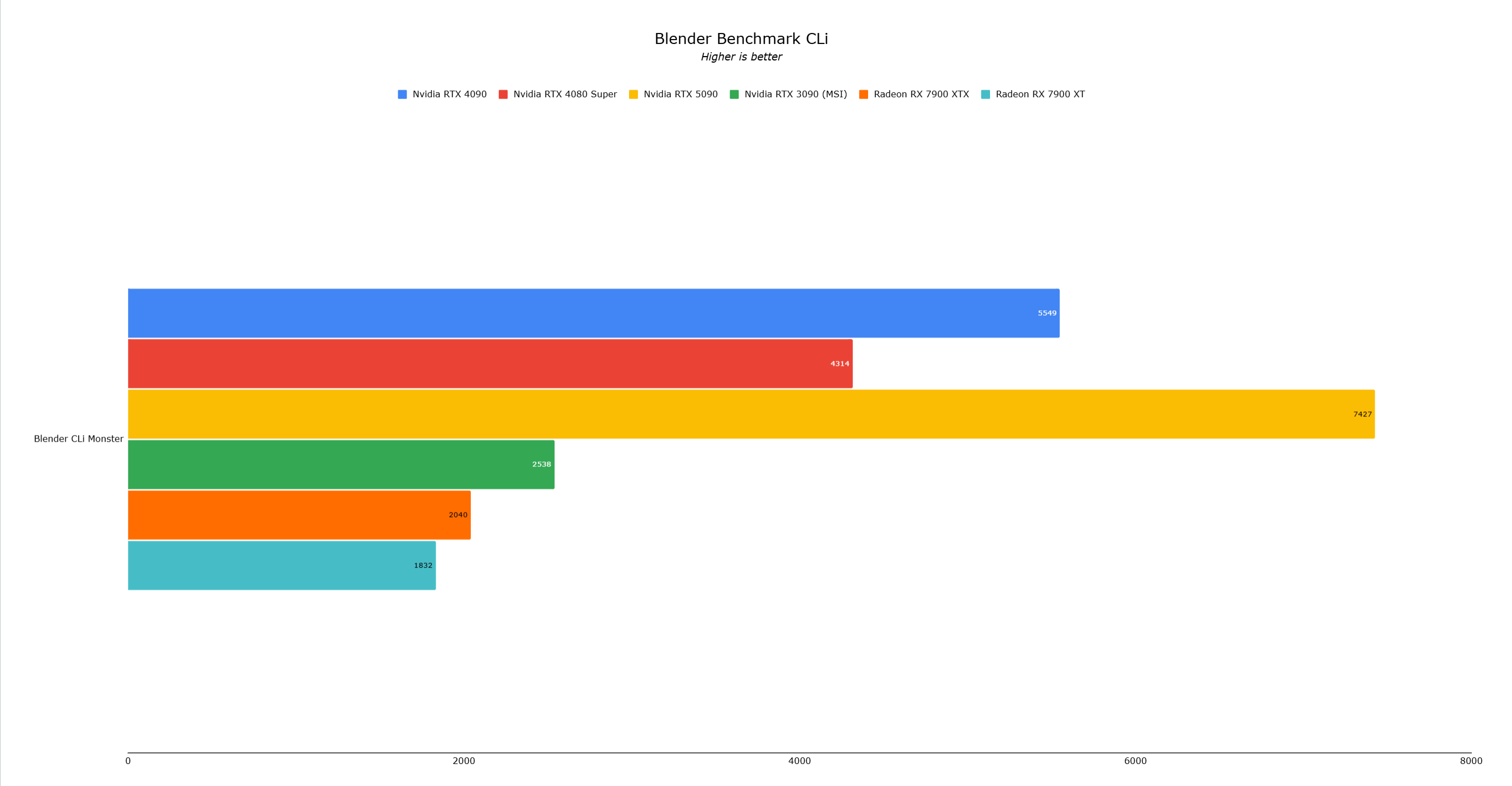 14 Images
14 Images
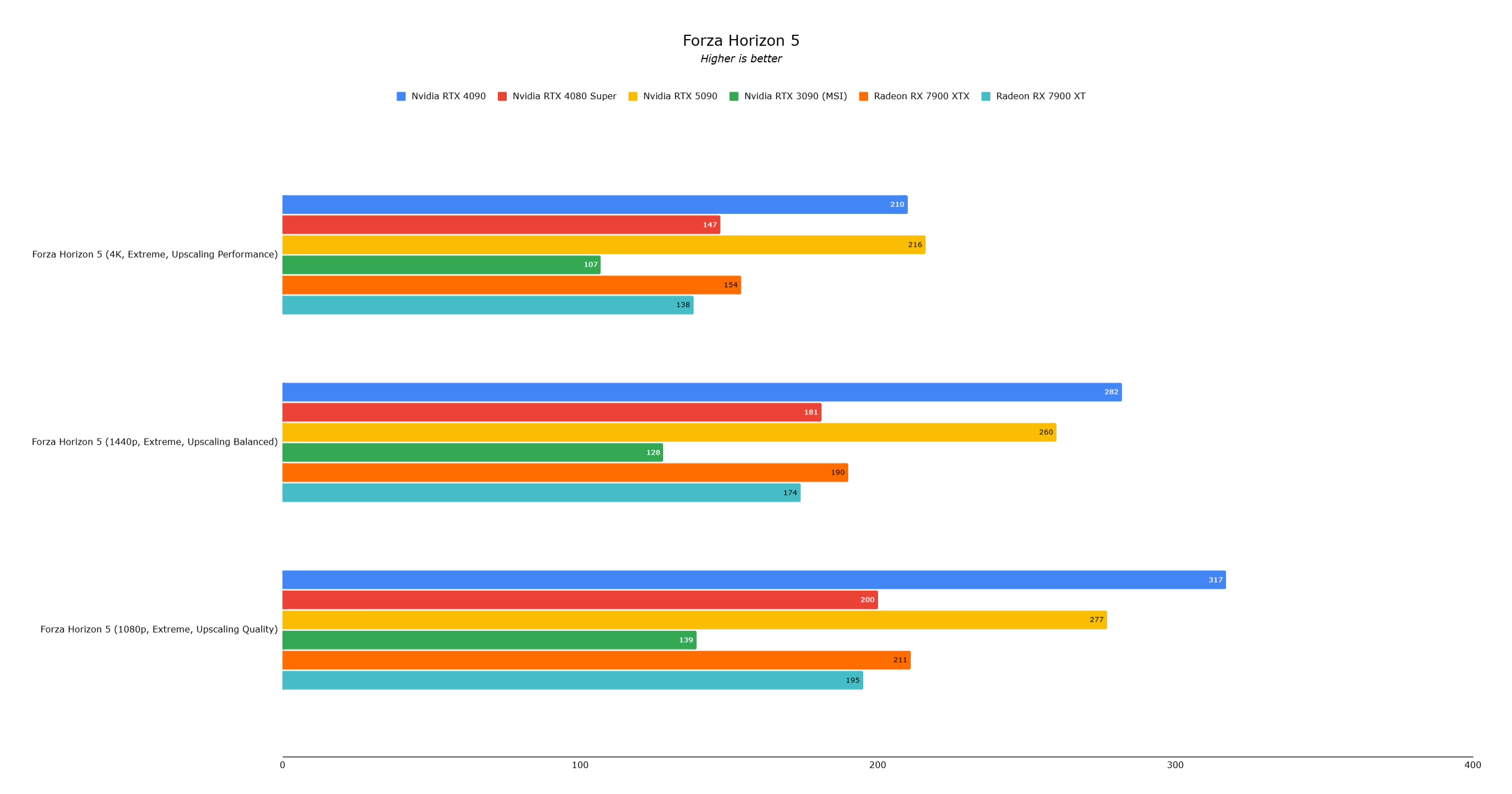
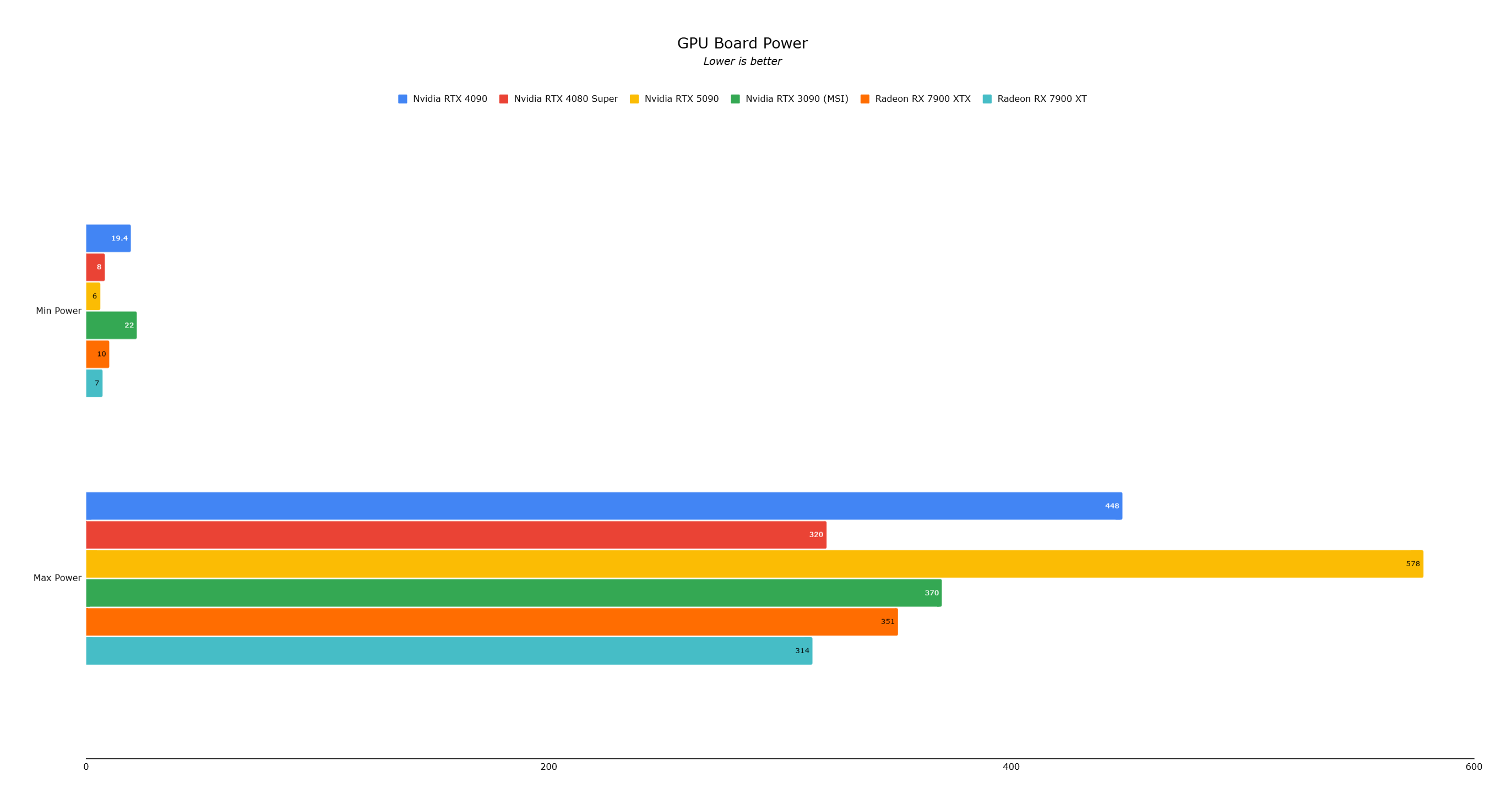
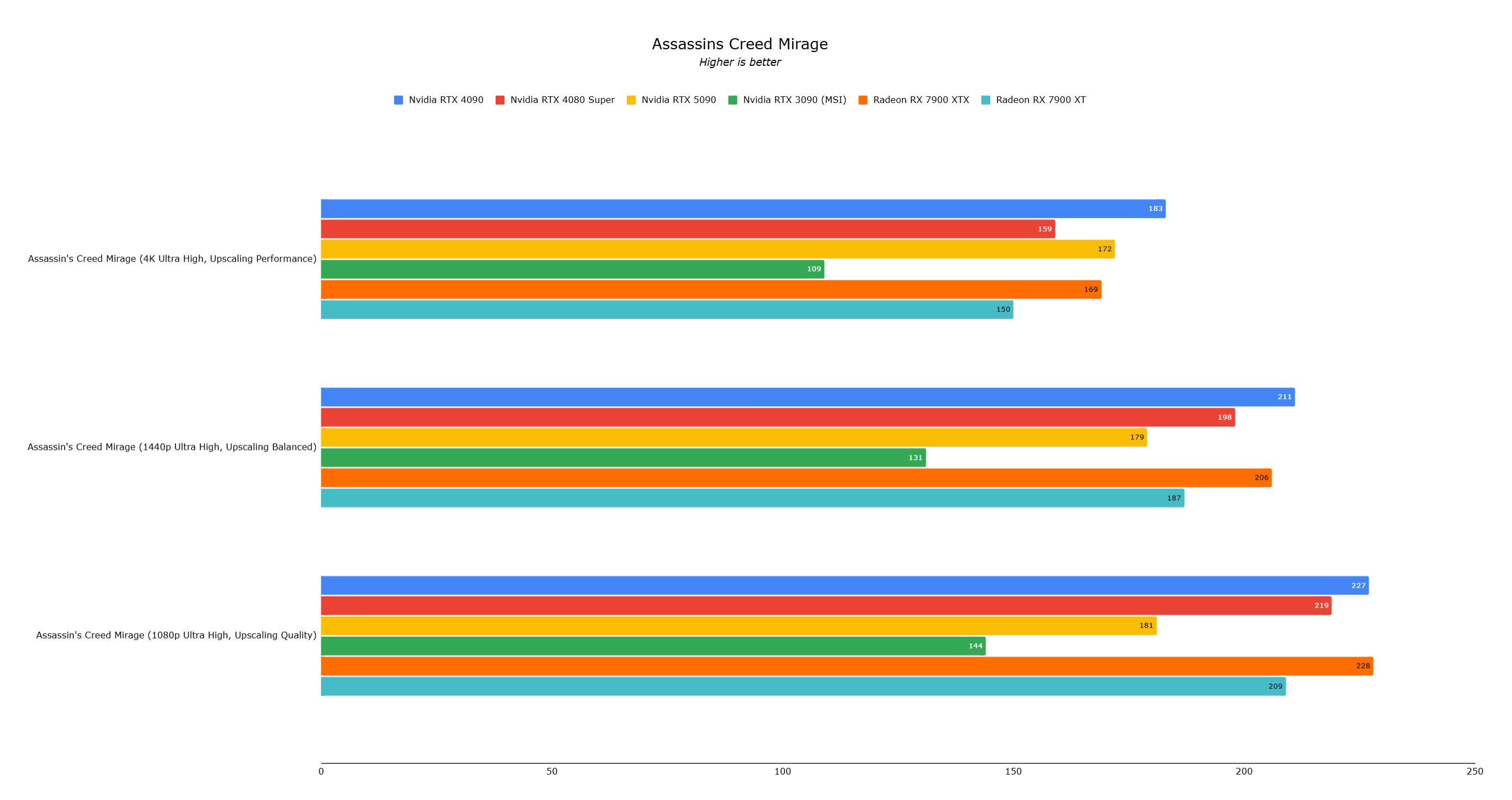 Total War: Warhammer 3, without ray tracing or upscaling, showed the RTX 5090 delivering 147 fps, a 35% increase over the RTX 4090's 107 fps. In Assassin's Creed Mirage, the RTX 5090 initially underperformed due to a driver issue, but after resolution, it achieved 172 fps, slightly lower than the RTX 4090's 183 fps.
Total War: Warhammer 3, without ray tracing or upscaling, showed the RTX 5090 delivering 147 fps, a 35% increase over the RTX 4090's 107 fps. In Assassin's Creed Mirage, the RTX 5090 initially underperformed due to a driver issue, but after resolution, it achieved 172 fps, slightly lower than the RTX 4090's 183 fps.
Black Myth: Wukong at 4K with the Cinematic Preset and DLSS at 40% saw the RTX 5090 averaging 104 fps, a 20% improvement over the RTX 4090's 84 fps. In Forza Horizon 5, the RTX 5090 and RTX 4090 showed negligible differences, with 216 fps and 210 fps respectively.
Nvidia suggests that the era of massive generational performance leaps may be waning, but the RTX 5090 remains the fastest consumer graphics card available. However, many current games can't fully utilize its capabilities, making it more suitable for those anticipating future AI-powered gaming advancements.
The Nvidia GeForce RTX 5090 is a forward-looking investment in AI gaming technology, best suited for enthusiasts willing to spend $1,999 or more on cutting-edge performance. For others, the RTX 4090 will likely suffice for the foreseeable future.
- 1 STARSEED Update: Codes for January 2025 Released Feb 25,2025
- 2 Pokémon TCG Pocket: Wonder Pick Date, Time, and Promo Cards – February 2025 Mar 03,2025
- 3 How to Get All Ability Outfits in Infinity Nikki Feb 28,2025
- 4 Project Zomboid: All Admin Commands Jan 05,2025
- 5 Black Myth: Wukong Tops Steam Charts Days Before its Launch Jan 07,2025
- 6 Silent Hill f: first big trailer and details Mar 22,2025
- 7 Call of Duty Announces Black Ops 6 Updates Feb 08,2025
- 8 Ukrainian Internet Stalled as 'S.T.A.L.K.E.R. 2' Release Overwhelms Dec 30,2024
-
Budgeting & Investing: Your Guide to Financial Apps
A total of 9
-
Addictive Hypercasual Games for Quick Play
A total of 10
-
Best Role Playing Games for Android
A total of 10






























